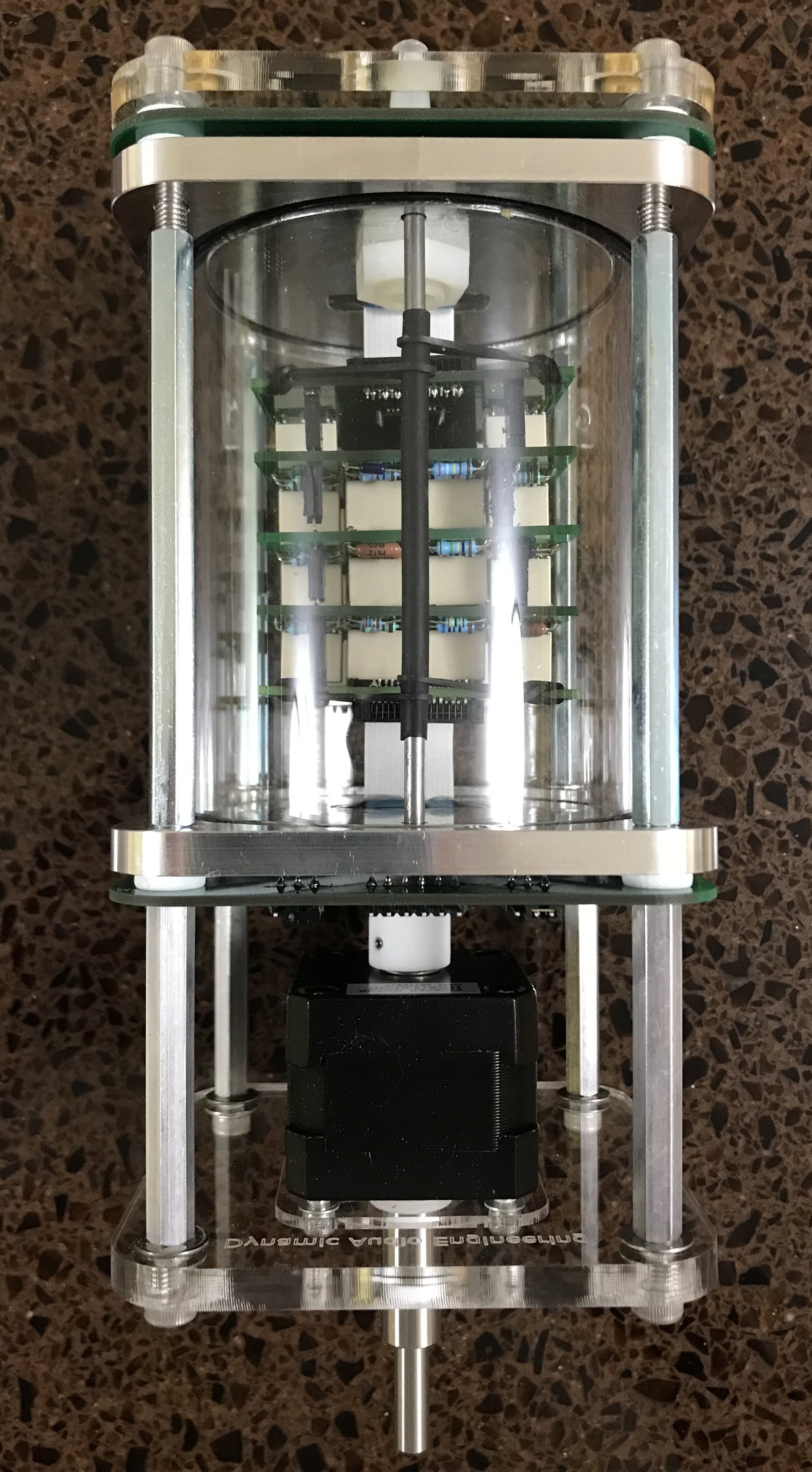It is hard to believe it has been one month since my last post but I haven’t been slacking!
There is been some bad weather in Canada with snow and ice storms and, yes, that has slowed the testing and prototyping work down. In particular it takes and extra day or two for shipping (feels more like a week longer). I finally received the top and bottom covers for the remote and it came together nicely.
The remote completed!
I received more parts for the glass and acrylic vacuum enclosures. I found some really nice Brass Heat-Set Inserts for Plastic at McMaster-Carr that will allow me to use the sleeve valve on the acrylic enclosure. The inserts are heated with a soldering iron and while hot pressed into the acrylic. This worked quickly and very well but of course I will need to seal the joint with Torr Seal epoxy if there is any hope of it being vacuum tight.
I completed testing a very quiet stepper more driver IC from a German company called Trinamic. The IC has a mode called StealthChop which is advertised to make the stepper motor operation “completely noiseless”. It is truly quiet! I am now testing the last miscellaneous auxiliary circuits and will soon be completing the schematics and printed circuit boards for the v2.2 version of the stepped attenuator.
I am so looking forward to pulling the v2.2 version together.












